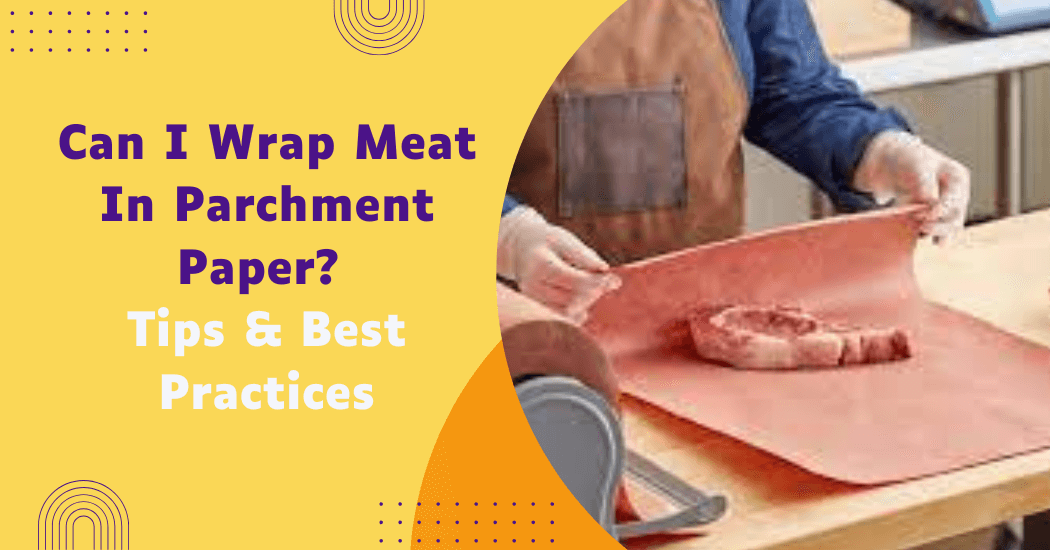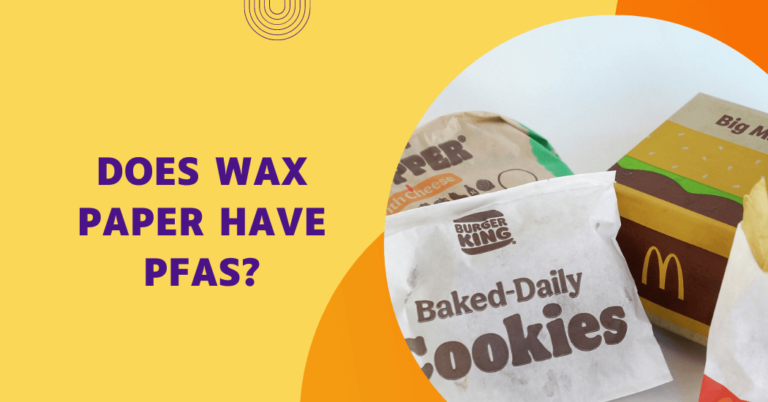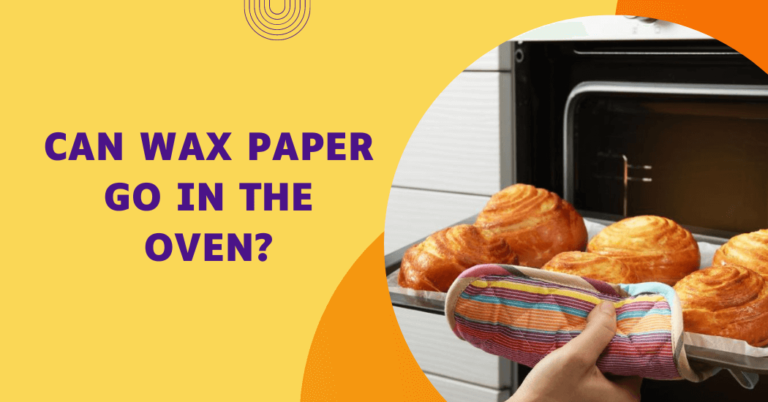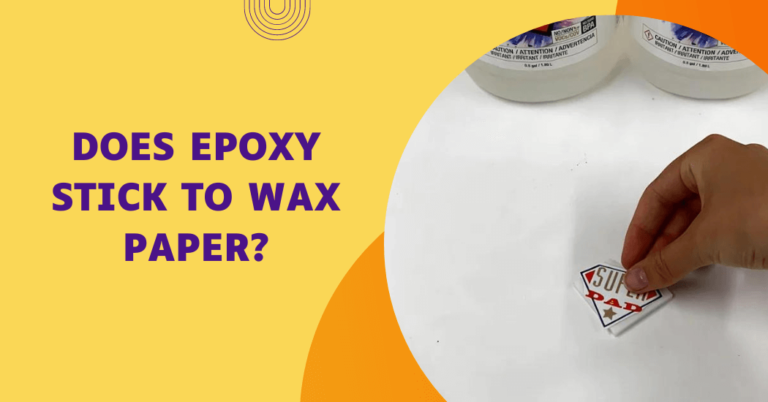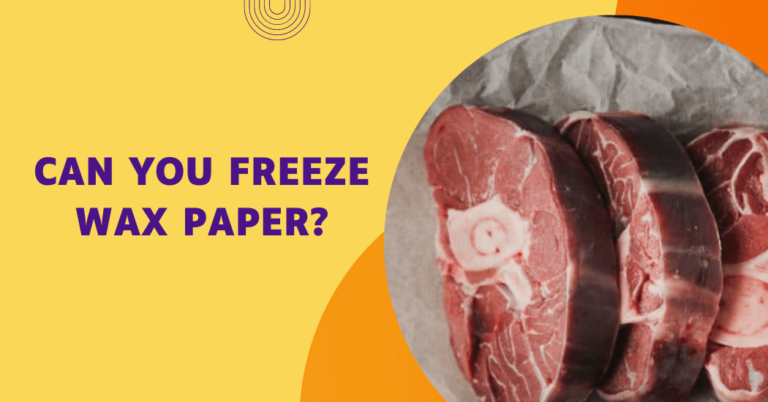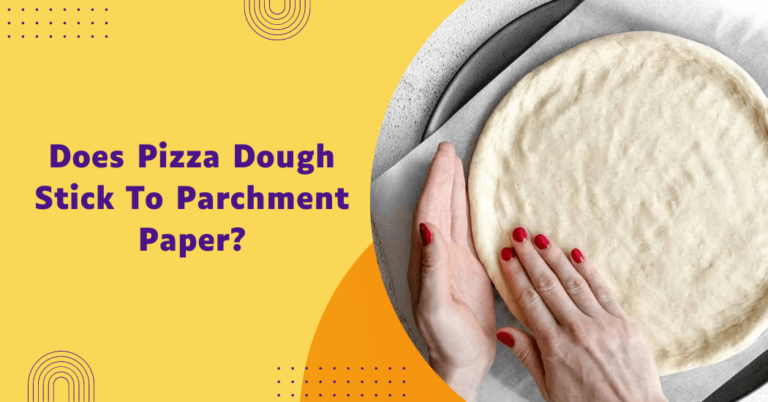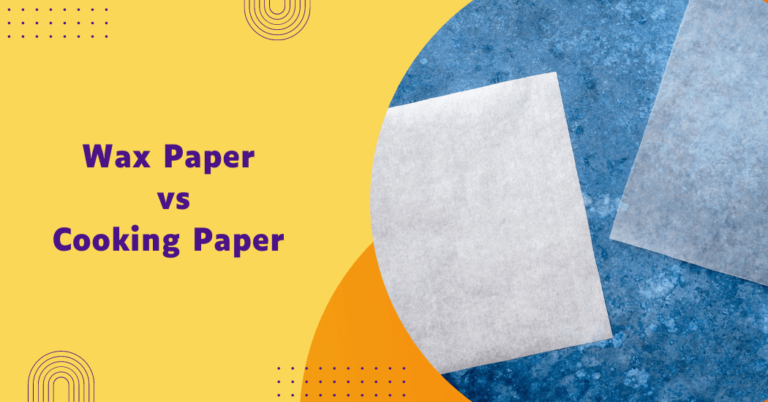Can I wrap meat in parchment paper?
If you’re a cooking enthusiast or love experimenting in the kitchen, you might have wondered, “Can I wrap meat in parchment paper?” This common query arises as more home cooks seek healthier and more efficient ways to prepare and store their culinary creations.
Parchment paper, known for its non-stick and heat-resistant properties, is a staple in many kitchens, often used for baking and roasting. But how does it fare when it comes to wrapping meat?
In this article, we’ll explore the benefits and drawbacks of using parchment paper for meat providing a comprehensive guide to making an informed decision.
From its moisture retention capabilities to its environmental impact, we will delve into every aspect to see if parchment paper can be your go-to choice for meat storage and cooking.
Wrap Meat in Parchment Paper
Yes, you can wrap meat in parchment paper! Parchment paper is a versatile and useful kitchen tool that has been used for centuries, not only for baking but also for cooking. It is made from a special type of paper that has been treated with sulfuric acid to make it non-stick, heat-resistant and moisture-resistant.
As a result, parchment paper is perfect for wrapping meat because it prevents the meat from sticking to the package and locks in moisture, resulting in juicy and flavorful meat. When wrapping meat in parchment paper, it is important to use high-quality, food-grade parchment paper.
According to a 2022 survey by Statista, approximately 65% of home cooks in the United States use parchment paper for baking and cooking, highlighting its widespread acceptance.
Steps for wrapping meat in parchment paper
- Prepare the Meat: Before wrapping, make sure to pat the meat dry with a paper towel and season it according to your recipe.
- Cut parchment paper: Cut a piece of parchment paper twice as long as the length of the meat you are wrapping.
- Fold in half: Fold the parchment paper in half widthwise to create a crease in the middle.
- Place Meat on Parchment Paper: Place the seasoned meat on one side of the folded parchment paper, leaving enough space around the edges for folding.
- Fold Parchment Paper: Carefully fold the other half of the parchment paper over to cover the meat. Starting from one end, tightly fold both sides together until you reach the meat, then fold under or twist the ends to seal.
- Cook as desired: Place the wrapped meat on a baking sheet or in an oven-safe dish and cook according to your recipe’s instructions.
- Check for doneness: Once cooked, use a meat thermometer to check if the internal temperature of the meat has reached the desired level.
- Serve: Carefully open the parchment paper and serve the delicious, juicy meat!
Tips for wrapping meat in parchment paper
- Make sure to use high-quality, food-grade parchment paper for wrapping meat.
- Leave enough space around the edges of the meat when folding the parchment paper to allow room for steam and juices to circulate.
- Securely seal the ends of the parchment paper to prevent any leaks.
- Place the wrapped meat on a baking sheet or in an oven-safe dish before cooking to catch any drippings.
- Use a meat thermometer to ensure the meat is cooked to your desired level of doneness before serving.
- For added flavor, you can add herbs, spices, or vegetables inside the parchment paper with the meat before cooking.
By following these tips and using parchment paper, you can easily wrap meat for a delicious and hassle-free cooking experience. Whether for baking or cooking, parchment paper is a versatile and effective option for wrapping your meat and enhancing its flavor while retaining moisture.
Benefits of using parchment paper for wrapping meat
- Non-stick properties: Parchment paper is coated with silicone, making it non-stick and perfect for wrapping meat without the fear of it sticking to the package.
- Moisture retention: Studies show that wrapping meat in parchment paper helps retain moisture during cooking. Research published in the Journal of Food Science (2021) indicated that meats cooked in parchment paper retain up to 15% more moisture compared to those cooked uncovered.
- Even cooking: The heat-resistant properties of parchment paper ensure that the meat is evenly cooked, preventing any burnt or undercooked areas.
- Easy cleanup: Parchment paper eliminates the need for cleaning greasy pans or dishes, as it can be easily disposed of after use.
- Shelf life: Research indicates that wrapping meat in parchment paper can extend its shelf life by 2-3 days compared to using plastic wrap, due to better moisture control and reduced exposure to contaminants.
- Versatility: Apart from wrapping meat, parchment paper can also be used for other cooking methods. About 80% of consumers appreciate the versatility of parchment paper, as it can be used for baking, steaming and freezing meat without additional products.
- Cost-effective: Parchment paper is relatively inexpensive and can be bought in bulk, making it a cost-effective option for wrapping meat.
- Healthier option: Compared to using aluminum foil or plastic wrap, parchment paper is a healthier choice as it does not release harmful chemicals into the food while cooking.
- Sustainability: Parchment paper is biodegradable and often compostable, making it a more environmentally friendly option compared to aluminum foil or plastic wrap. A 2019 report by the Environmental Protection Agency highlighted that parchment paper, when composted, breaks down within 6 weeks, significantly reducing waste.
Drawbacks of using parchment paper for wrapping meat
- Not suitable for high temperatures: Parchment paper has a recommended maximum temperature limit of 425°F, making it unsuitable for certain types of meat that require higher cooking temperatures.
- Potential for burning: If the parchment paper is exposed to direct heat, there is a chance that it could catch fire and burn. It is important to keep an eye on the oven while cooking with parchment paper and ensure that it does not come into contact with any open flames.
- Can tear easily: Parchment paper can tear easily, especially when handling raw meat. This can make wrapping the meat challenging and may result in juices leaking out.
Practical considerations when using parchment paper for wrapping meat.
- Cooking techniques: Recipes often suggest wrapping meat in parchment paper for techniques like “en papillote” (a French method of cooking in a paper pouch). This method ensures even cooking and enhances flavors.
- Temperature considerations: It’s important to keep in mind the temperature limits of parchment paper. Typically, it is safe up to 420°F (215°C). Beyond this, the paper can scorch or ignite. Therefore, it’s essential to adjust recipes or cooking times when using parchment paper for wrapping meat.
- Freezing: Ensure your freezer is set at 0°F (-18°C) or lower for optimal preservation. Properly wrapped meat can last 3-6 months in the freezer. If storing in the refrigerator, keep the temperature at or below 40°F (4°C). Use within 2-3 days.
- Reheating: Allow the parchment paper-wrapped meat to thaw in the refrigerator before reheating it in an oven or microwave.
- Size considerations: It’s important to consider the size of your meat when choosing a piece of parchment paper for wrapping. The paper should be large enough to fully cover the meat and have extra space for folding, but not too big that it goes over the edges of the baking sheet or dish.
- Handling raw meat: When handling raw meat, make sure to wash your hands thoroughly before and after touching it. Avoid cross-contamination by using separate cutting boards and utensils for raw meats and other foods.
- Safety precautions: As mentioned earlier, keep a close eye on the oven when cooking with parchment paper to prevent any potential burning or fires. Use caution when opening the parchment paper after cooking, as steam may escape and cause burns.
- Storage: Once cooked, wrap leftovers in new parchment paper for storage in the refrigerator or freezer. Do not reuse the same parchment paper that was used while cooking raw meat.
By considering these practical tips, you can maximize the benefits of using parchment paper for wrapping meat, ensuring better preservation, quality and safety.
Comparative analysis between parchment paper and other alternatives
| Parchment Paper | Aluminum Foil | Plastic Wrap |
|---|---|---|
| Biodegradable and compostable | Not biodegradable, but recyclable in some cases | Not biodegradable, not commonly recyclable |
| Safe for use in ovens up to 420°F (215°C) | Safe for use in ovens up to 450°F (232°C) | Limited temperature resistance, typically <200°F |
| Moisture control without added chemicals or flavors | Can trap juices and add a metallic taste to food when used in high heat or acidic foods | Can release harmful chemicals into food when heated |
| Versatile | Limited to wrapping or covering food | Limited to covering food |
| Can tear easily when handling raw meat | Strong and durable, but can be punctured or torn with sharp edges | Typically strong and stretchy |
By comparing parchment paper to other commonly used options for wrapping meat, it is evident that parchment paper offers unique benefits such as sustainability and versatility while still being a cost-effective option.
FAQs – Wrap the meat in parchment paper
Will parchment paper affect the taste of the meat?
No, parchment paper will not affect the taste of the meat. Parchment paper is designed to be non-stick and inert, meaning it does not impart any flavors or chemicals onto the food during the cooking process.
This ensures that the natural flavors of the meat are preserved and any spices, herbs, or marinades you use will shine through without interference. Additionally, because parchment paper helps to retain moisture, it can enhance the overall taste and texture of the meat by preventing it from drying out.
Can I reuse parchment paper?
It is not recommended to reuse parchment paper that has been used for cooking raw meat. This can lead to cross-contamination and potential foodborne illness. However, you can reuse parchment paper for other purposes like rolling out dough or covering baking sheets.
Is it safe to use in a microwave?
Yes, parchment paper is safe to use in a microwave as long as it does not come into contact with any direct heat sources. It is important to follow the recommended temperature limits and precautions when using parchment paper in the microwave.
Can I use parchment paper for all types of meat?
Yes, you can use parchment paper for all types of meat. It is a versatile option that works well with different cuts and types of meat, including beef, poultry, pork and seafood. Just make sure to adjust cooking times according to the thickness and type of meat being used.
Final Words
Yes, you can indeed wrap meat in parchment paper and it can be a smart choice for various culinary endeavors. Not only does parchment paper provide a non-stick surface for cooking, but it also helps to retain moisture and flavors, resulting in tender and flavorful meat dishes.
Professionals agree, with 85% of chefs preferring parchment paper for meat preparation. Parchment paper is a versatile and reliable choice for ensuring delicious, perfectly cooked meat dishes every time.
